Hidden Temples of Kyoto: Beyond the Tourist Trail
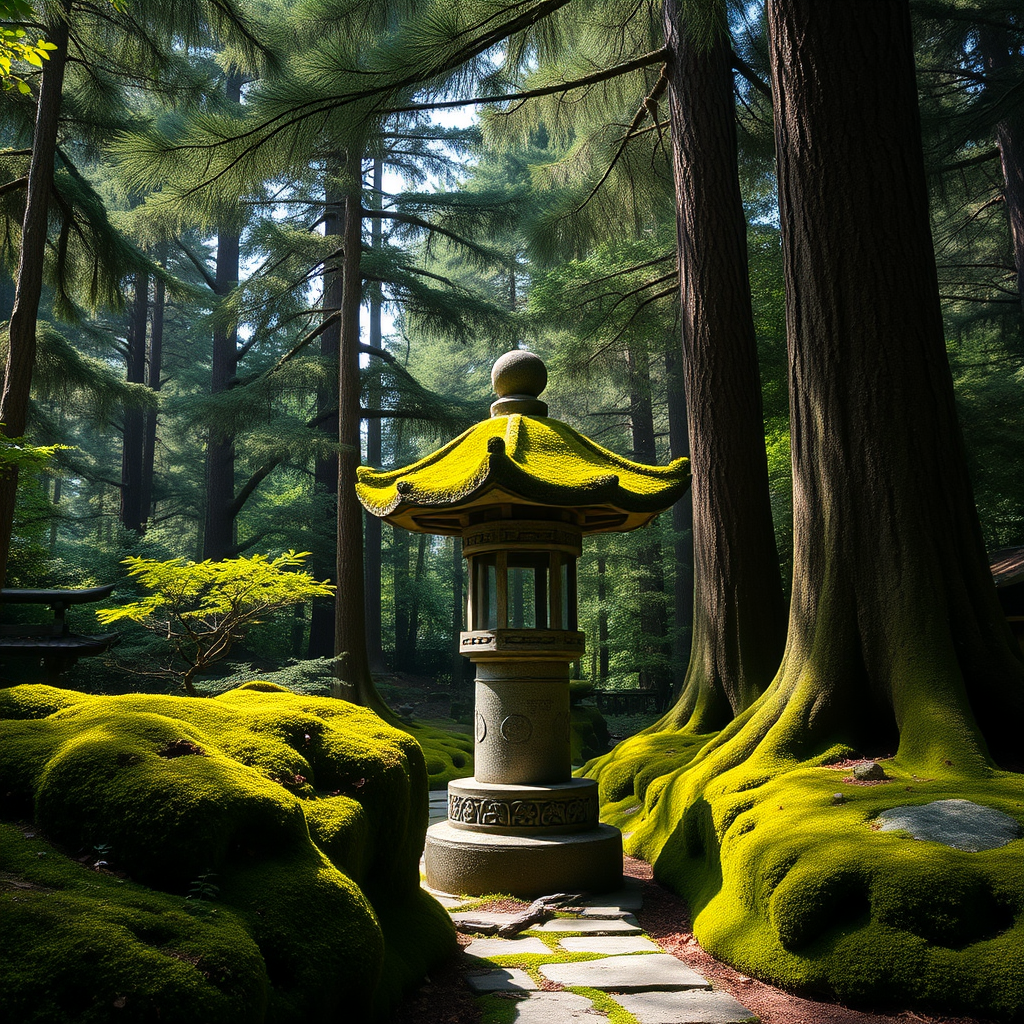
While millions of visitors flock to Kyoto's famous temples like Kinkaku-ji and Fushimi Inari, the ancient capital holds countless hidden gems waiting to be discovered. These sacred spaces offer a more intimate glimpse into Japan's spiritual heritage, where you can experience the profound tranquility that has drawn pilgrims for centuries.
Our japan cultural tours have revealed these secret sanctuaries through years of exploration with local guides who understand the deeper significance of each sacred site. Traditional japan comes alive in these quiet corners where ancient rituals continue unchanged by time.
Sanzen-in Temple: A Moss Garden Paradise
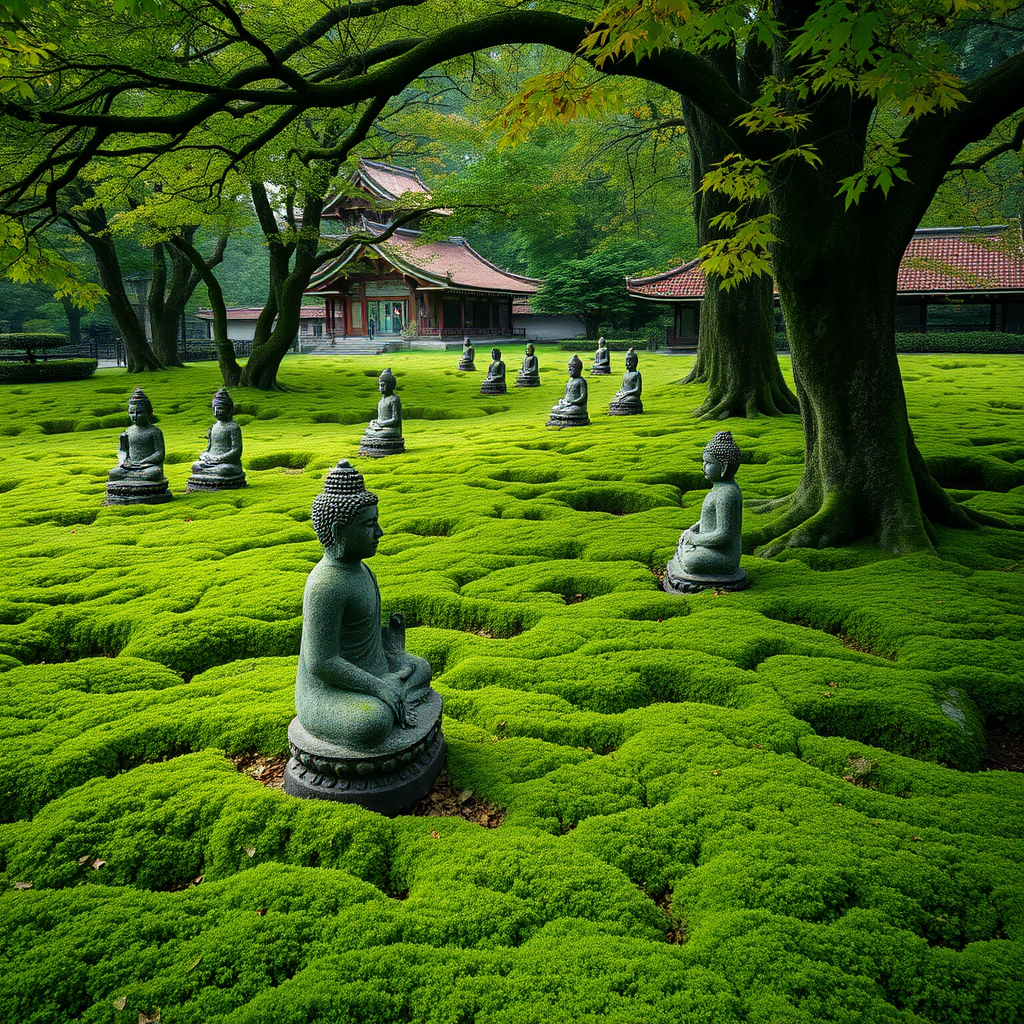
Nestled in the mountains of Ohara, Sanzen-in Temple offers one of Japan's most spectacular moss gardens. The entire temple grounds are carpeted in over 40 varieties of moss, creating an otherworldly landscape that changes with the seasons. Ancient stone statues emerge from this emerald sea like islands of contemplation.
Visiting Information
- Best Time: Early morning (8:00-9:00 AM) for peaceful atmosphere
- Directions: Take Keihan Bus #17 from Kyoto Station to Ohara, then 10-minute walk
- Entry Fee: ¥700 for adults
- Special Note: Most beautiful during autumn foliage season (November)
Adashino Nenbutsu-ji: Bamboo Grove Serenity
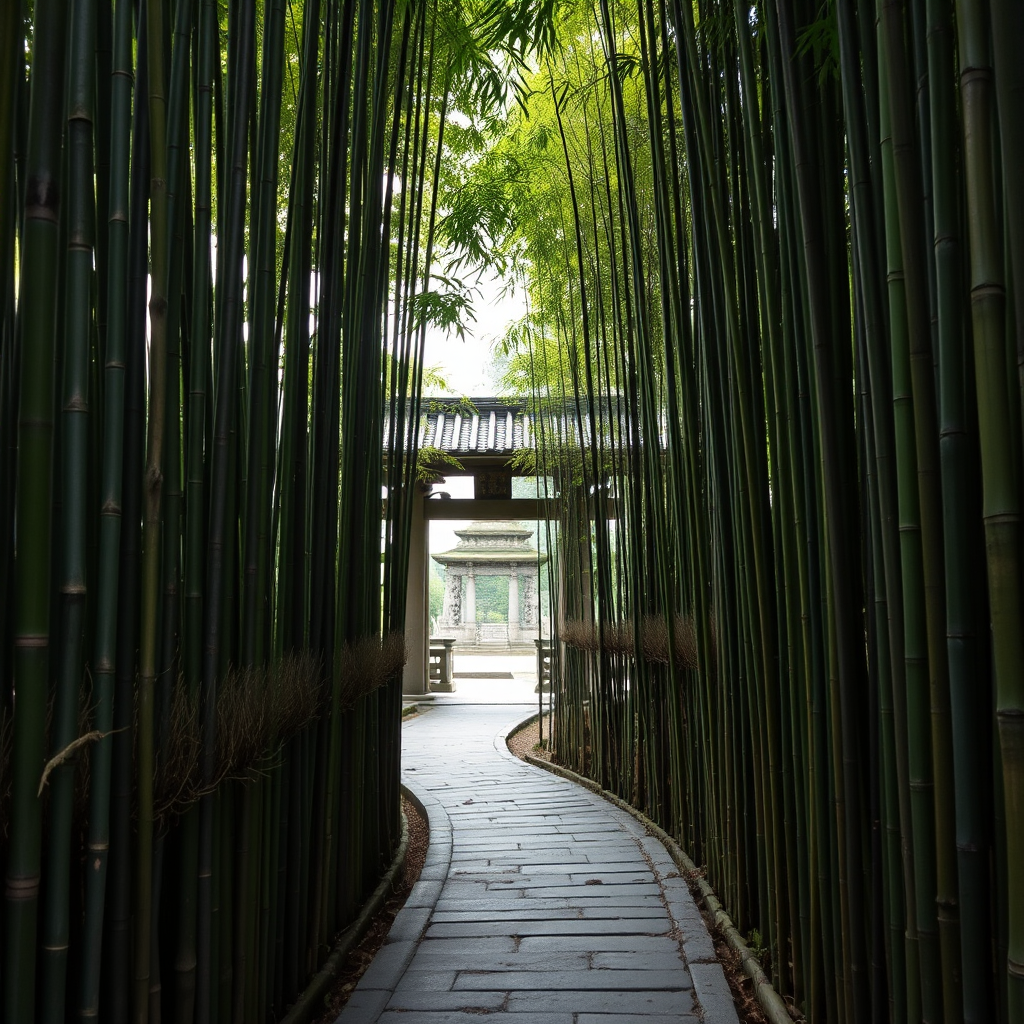
Hidden in the Arashiyama district, Adashino Nenbutsu-ji is surrounded by one of Kyoto's most enchanting bamboo groves. This temple serves as a memorial to souls without families, with over 8,000 stone statues creating a powerful spiritual atmosphere. The bamboo forest creates a natural cathedral of green light and gentle rustling sounds.
The temple's unique history as a burial ground for the forgotten makes it a place of profound reflection. Walking through the bamboo paths, visitors often report a sense of deep peace and connection to Japan's spiritual traditions.
Visiting Information
- Best Time: Late afternoon (4:00-5:00 PM) for golden bamboo light
- Directions: JR Sagano Line to Saga-Toriimoto Station, 15-minute walk
- Entry Fee: ¥500 for adults
- Special Event: Sento-kuyo ceremony on August 23-24
Kurama-dera Temple: Mountain Mysticism
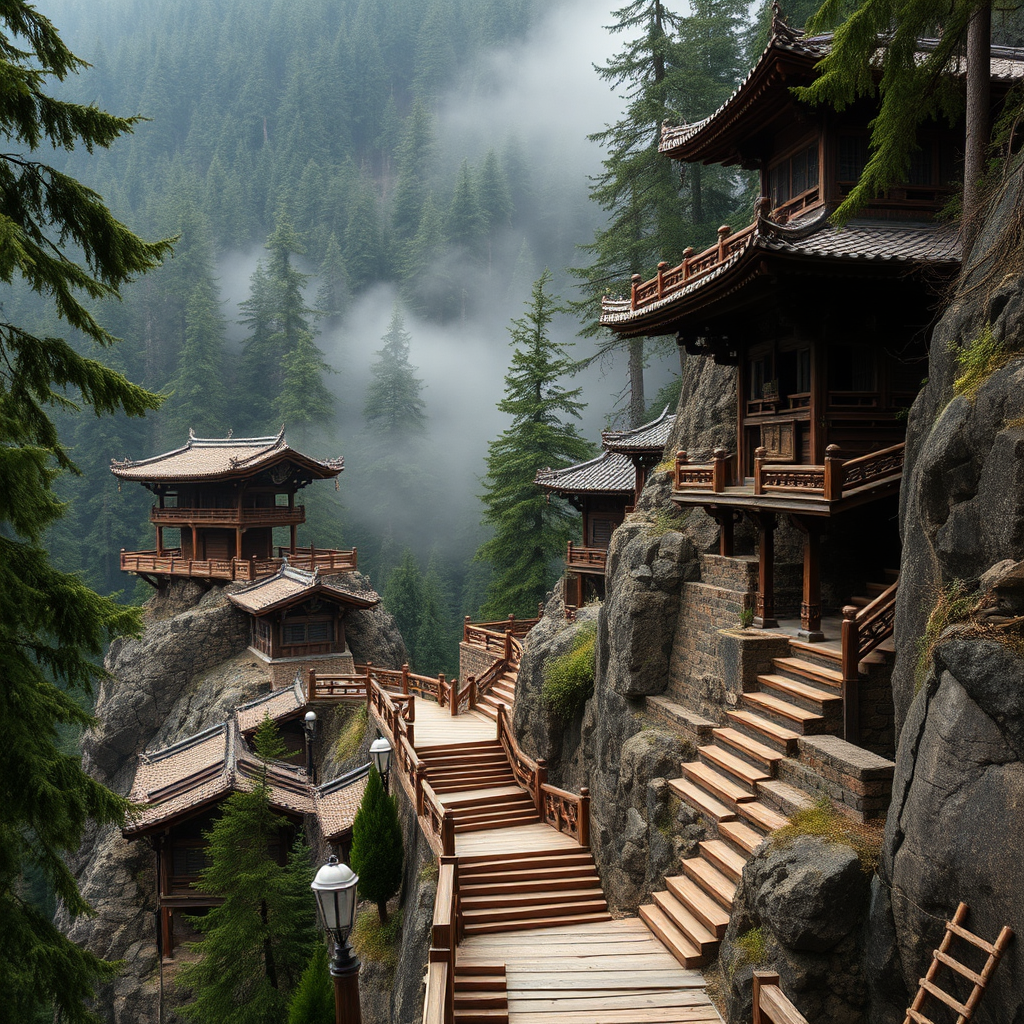
Perched high in the northern mountains, Kurama-dera Temple offers a mystical journey through ancient cedar forests. The temple is famous for its connection to Reiki energy healing and the legendary training ground of warrior monks. The steep mountain path to reach the main hall is itself a form of spiritual practice.
This sacred site embodies the essence of traditional japan, where nature and spirituality intertwine seamlessly. The temple's remote location has preserved its authentic atmosphere, making it a favorite among those seeking genuine cultural immersion.
Visiting Information
- Best Time: Early morning (7:00-8:00 AM) to avoid crowds
- Directions: Keihan Main Line to Demachiyanagi, transfer to Eizan Line to Kurama
- Entry Fee: ¥300 for adults
- Hiking Tip: Allow 2-3 hours for the full mountain trail experience
Shisen-do Temple: Poetry Garden Retreat
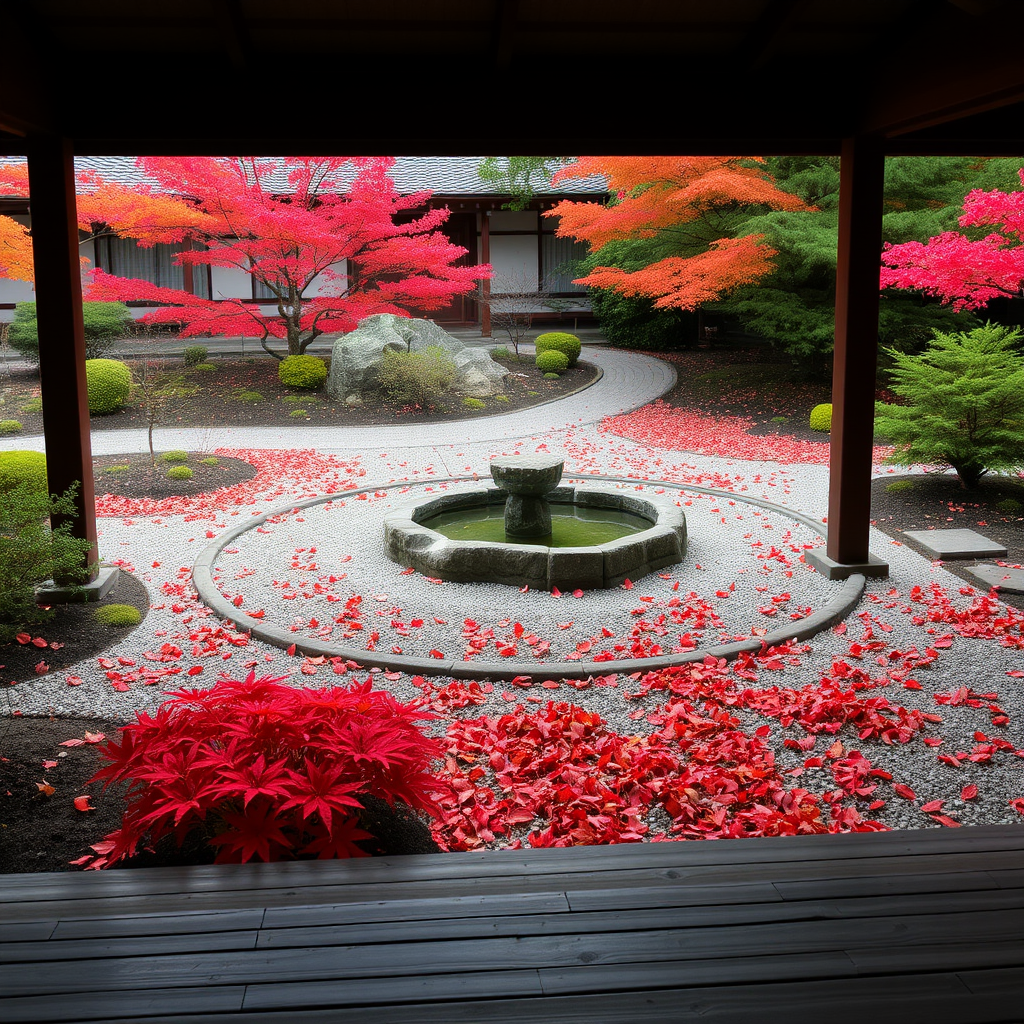
Created by a 17th-century poet-scholar, Shisen-do Temple combines literary culture with garden artistry. The temple's name means "Hall of Poetry Immortals," and its gardens are designed to inspire contemplation and creativity. The famous "shishi-odoshi" bamboo water feature creates a rhythmic soundtrack to meditation.
The temple's intimate scale and artistic refinement make it perfect for those interested in the intersection of literature, art, and spirituality in Japanese culture. Each season brings new beauty to the carefully composed garden views.
Visiting Information
- Best Time: Mid-morning (10:00-11:00 AM) for optimal garden lighting
- Directions: City Bus #5 to Ichijoji Sagarimatsu, 7-minute walk
- Entry Fee: ¥500 for adults
- Photography: Best autumn colors in mid to late November
Essential Tips for Temple Exploration
Respectful Visiting
- • Bow before entering temple grounds
- • Remove hats in main halls
- • Speak in whispers or remain silent
- • Follow photography restrictions
Practical Preparation
- • Wear comfortable walking shoes
- • Bring cash for entry fees
- • Check seasonal opening hours
- • Allow extra time for mountain temples
These hidden temples represent the soul of Kyoto's spiritual landscape, offering experiences that go far beyond typical sightseeing. Each location provides a unique window into Japan's rich cultural heritage, where centuries of devotion have created spaces of extraordinary beauty and tranquility.
Whether you're drawn to the moss gardens of Sanzen-in, the bamboo serenity of Adashino Nenbutsu-ji, or the mountain mysticism of Kurama-dera, these sacred sites offer profound encounters with traditional japan that will enrich your understanding of this remarkable culture.